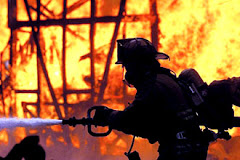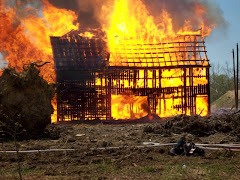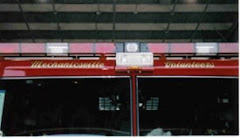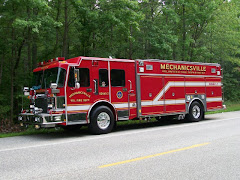The three main goals in firefighting are (in order) saving life, saving property and protecting the environment. Firefighting is an inherently difficult occupation. As such, the skills required for safe operations are regularly practiced during training evolutions throughout a firefighters career. In the United States, the preeminent fire training and standards organization is the National Fire Protection Association (NFPA). Often initial firefighting skills are taught during a local, regional, or state approved fire academy. Depending on the requirements of a department, additional skills and certifications such as technical rescue and Para-medicine may also be taught at this time.
Firefighters work closely with other emergency response agencies, most particularly the local and state police departments. As every fire scene is technically a crime scene until deemed otherwise by a qualified investigator, there is often overlap between the responsibilities of responding firefighters and police officers such as evidence and scene protection, initial observations of first respondents, and chain of evidence issues. The increasing role of firefighters in providing emergency medical services also brings firefighters into common overlap with law enforcement. One example of this is a common state law requiring all gunshot wounds to be reported to law enforcement agencies.
Most career (full time, paid) firefighters in North America are represented by the International Association of Fire Fighters
Fire fighting has several basic skills: prevention, self preservation, rescue, preservation of property and fire control. Firefighting is further broken down into skills which include size-up, extinguishing, ventilation, and salvage and overhaul. Search and Rescue, which has already been mentioned, is performed early in any fire scenario and many times is in unison with extinguishing and ventilation.
Next up: Prevention
wikipedia.org
Thursday, August 9, 2007
Subscribe to:
Post Comments (Atom)
















No comments:
Post a Comment